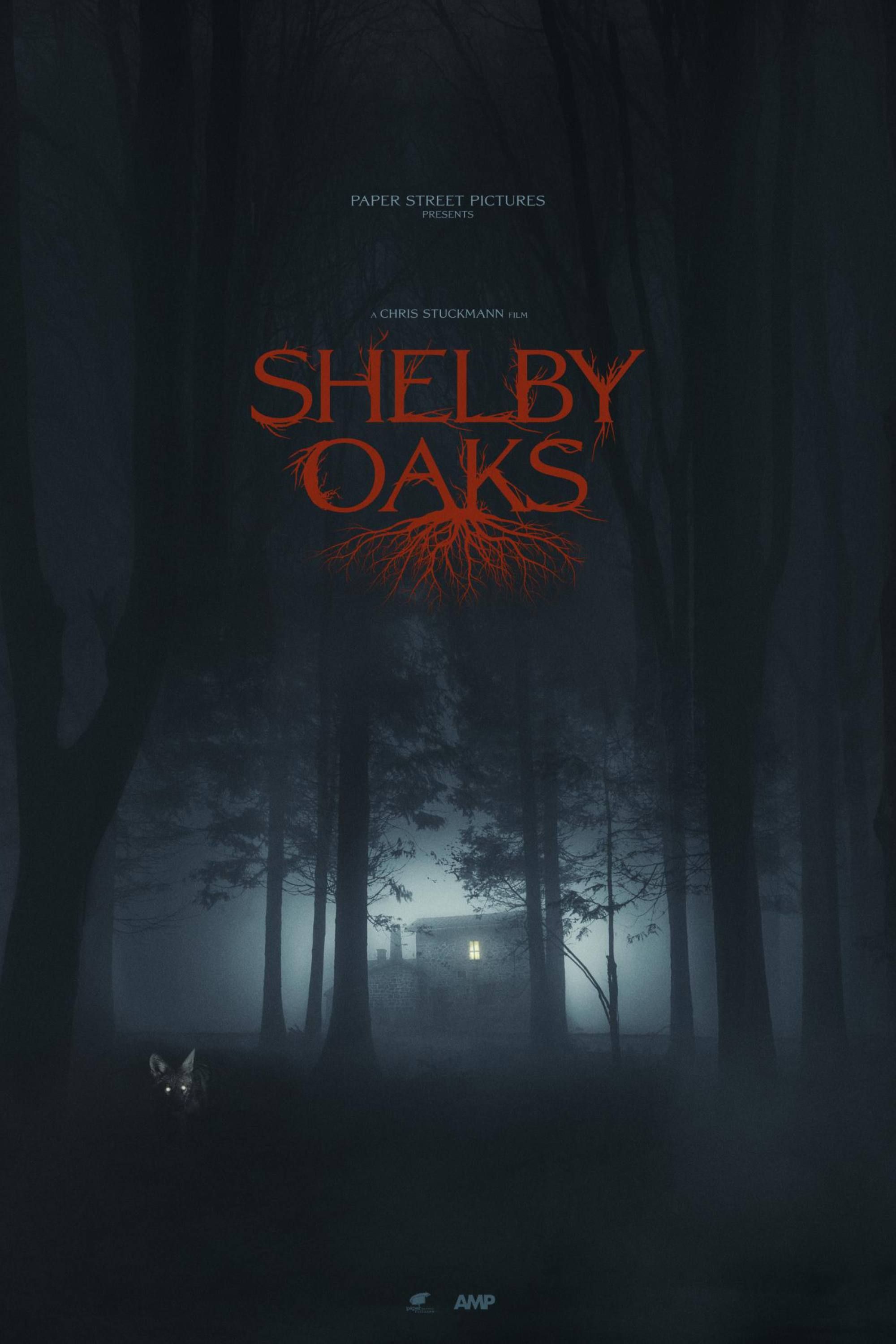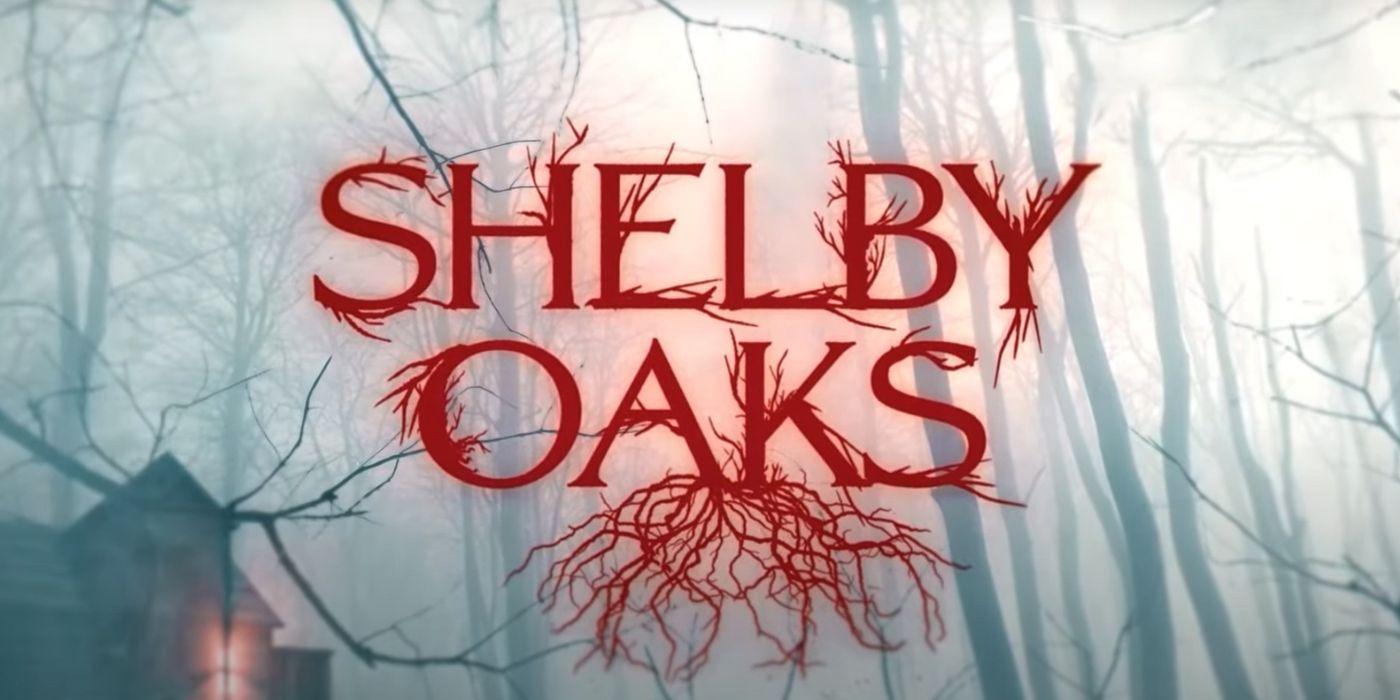‘Shelby Oaks’ Review – Chris Stuckmann Jumps From Criticism to Directing in Horror Debut
The Big Picture
- Chris Stuckmann’s feature debut takes risks that pay off.
- The camerawork stands out by capturing crisp woodland creepiness.
- The story gets somewhat lost in a melding of subgenre perspectives, but the overall experience is still a fulfilling missing-person chiller.
Whenever subjects want to take shots at critics, variations of the same quote are lobbed like a grenade: “Those who can, do. Those who can’t, criticize.” Chris Stuckmann‘s atmospheric horror debut Shelby Oaks is the latest example to deflect that counterattack as the popular YouTube film critic turns legitimate filmmaker. Genre auteur Mike Flanagan lends his mentorship with an executive producer credit, but this is and always remains Stuckmann’s project through vision and tone. An ambitious blend of subgenres tinkers with everything from investigative procedurals to found-footage faux-docs, binding together instead of falling apart. While the story can get a little lost in the film’s hybridized sauce, it’s still a thrilling found footage remix of everything from The Blair Witch Project to Horror in the High Desert and Lake Mungo.
What Is ‘Shelby Oaks’ About?
Stuckmann sticks to what’s familiar in Shelby Oaks: a missing team of ghost-hunting vloggers known as “The Paranormal Paranoids.” Presentations begin as a documentary-style recounting of the squad’s last known whereabouts, focusing on the show’s still MIA host, Riley (Sarah Durn). Riley’s sister Mia (Camille Sullivan) is heavily featured as a talking head, unable to accept that her loved one is deceased despite discouraging words from local officers like Detective Burke (Michael Beach). Mia grows sick of hearing experts recycle grave statistics, so she takes matters into her own hands. Stuckmann abruptly changes focus and lets his hero protagonist follow Riley’s digital breadcrumbs to the eerie Ohio territory of Shelby Oaks, ditching the crime-doc concept before it dulls.
Truthfully, Shelby Oaks gives me what the Horror in the High Desert franchise is missing. All credit to Dutch Marich for building an audience for his low-budget (so far) trilogy, they just focus on interviews too long before granting us found footage goodness. Stuckmann frontloads Shelby Oaks with troubled law enforcers, grieving family members, and other pundits who comment on what befell Riley’s Paranormal Paranoids — but before long, we’re watching Mia’s solo efforts to rescue her sister. It’s very Hell House LLC in that horrific sequences permeate the entire experience — it’s never a conversational overload.
Cinematographer Andrew Scott Baird collaborates with Stuckmann to elevate traditional third-person visuals. Once Mia starts chasing morbid clues through Shelby Oaks’ abandoned forests or paranormal landmarks like derelict prisons, Baird accentuates saturating darkness without blotting the screen. Photography vividly translates dread and sullen desperation above the standard depictions of “horror movie trees” that populate average backwoods genre flicks. Stuckmann’s production team only has a few cabins, amusement park sites, and black-mold-infested homes to decorate, but Baird’s framing of locations highlights this overwhelming sensation of evil despite barren architecture. Stuckmann’s years devouring horror movies as a critic prove valuable since he clearly understands the look and feel of a proper genre nightmare, no doubt aided by Flanagan’s veteran guidance.
‘Shelby Oaks’ Is a Horror Movie That Takes a Surprising Turn
There’s a pivot point in Shelby Oaks that made me gasp aloud, and I adore how the experience evolves, but Stuckmann’s third act will divide audiences. Based on my impending rating, it’s not a plummet — or, in my opinion, it’s not a plummet. The predictability of Mia’s wild goose chase is overshadowed by stellar performances, the above-mentioned vibes, and Stuckmann’s thematic confidence. That said, the film’s closing minutes are strangely blunt and rather traceable. Influences range from Zodiac to Barbarian as Shelby Oaks once again reinforces Stuckmann’s vast knowledge of terrifying titles, yet it’s more of a hodgepodge as inspirations clash with his original storytelling. I can’t say much else because we don’t spoil festival movies around these parts, but Stuckmann’s climax and conclusion show some weaknesses.
Camille Sullivan stands out as Mia pours over evidence footage and puts herself in harm’s way while searching for long-lost Riley. Veteran presences like Michael Beach as an experience-washed detective and Keith David as a haunted prison warden help anchor scenes, but they’re just additional support. Whether Mia’s caught in a dramatic argument with Brendan Sexton III’s worrisome husband Robert, or following furry creatures into nowhere under the dead of night, Sullivan always summons the appropriate reaction. Mia is defined by her tenacity and selflessness, a broken-hearted woman who refuses to accept Riley’s passing, and Sullivan gives her all to nail the whirlwind of emotions that bluster through scenes. Choice moments feel connected to Flanagan’s harrowing indie debut Absentia, a film powered by heartache and propelled by despair that any indie creator would be lucky to copycat.
Shelby Oaks is a commendable first showing for Stuckmann as a filmmaker. Don’t expect the second coming — few movies are. Stuckmmann funnels a career of online criticism into a sisterly nightmare that confirms he’s been learning from every review discussion. It’s chilling, well-performed, and bolstered by a rich, folkloric storytelling foundation that feels so lived-in. Shelby Oaks is a horror procedural that tries to be anything but routine, and while some of the film’s atypical flourishes score higher than others, it succeeds as a substantially creepy genre experiment with scares and soul.

REVIEW
Shelby Oaks (2024)
Shelby Oaks is a promising debut from Chris Stuckmann that’s equal parts eerie and soulful despite some third act shakiness.
- The film boasts a thick, dark atmosphere.
- Camille Sullivan delivers a strong lead performance.
- Stuckmann shows promise in his filmmaking debut.
- Big ambitions sometimes get the better of the film.
- There are third act troubles.
- Some influences feel recreated, not integrated.
Shelby Oaks had its World Premiere at the 2024 Fantasia International Film festival.
Source link




